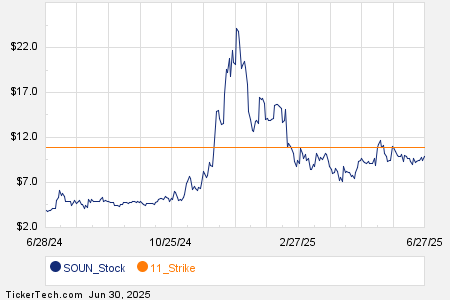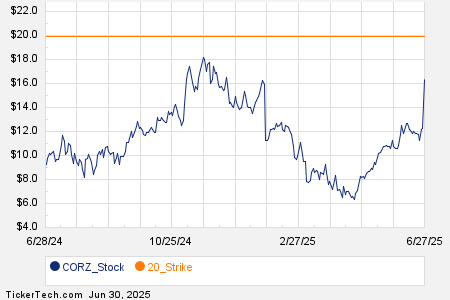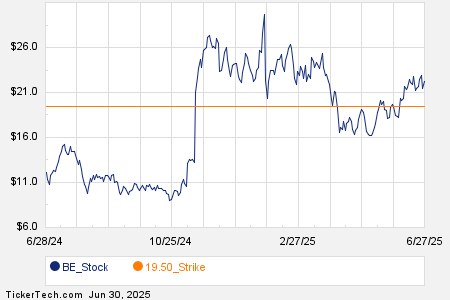Dollar Strengthens as Tariffs Are Announced: Market Reactions
The dollar index (DXY00) increased by +0.26% on Monday. Moderate gains were observed after President Trump disclosed a plan to impose 25% tariffs on all steel and aluminum imports into the U.S. This announcement raised concerns about potential inflation increases and the Federal Reserve’s diminished ability to reduce interest rates. Additionally, last Friday’s U.S. payroll report, which showed the January unemployment rate dropping to an 8-month low with average hourly earnings rising higher than anticipated, supported a hawkish outlook for Fed policy. Gains in stock markets also contributed to reduced demand for the dollar.
The markets are now estimating an 8% chance for a -25 basis point rate cut at the upcoming FOMC meeting on March 18-19.
Euro Struggles Amid Trade Concerns and ECB Comments
EUR/USD (^EURUSD) declined by -0.20% on Monday. The euro faced moderate declines following President Trump’s tariff announcement, which could negatively impact global trade and the Eurozone economy. Furthermore, dovish remarks from ECB President Lagarde added to the euro’s struggles; she noted that “the disinflation process in the Eurozone is well on track.” However, losses were somewhat mitigated by a rise in the Eurozone’s February Sentix investor confidence index, which climbed to a 7-month high that exceeded expectations.
ECB Vice President Guindos warned that U.S. tariffs might lead to a “supply shock,” significantly impacting global economic growth.
The Eurozone’s February Sentix investor confidence index saw an increase of +5.0, reaching -12.7, better than the predicted -16.5.
Current swap rates indicate a 100% probability of a -25 basis point rate cut by the ECB at their policy meeting on March 6.
Yen Weakened by Economic Outlook and Tariffs
USD/JPY (^USDJPY) increased by +0.40% on Monday, with the yen experiencing pressure following an unexpected decline in Japan’s January eco-watchers outlook survey, dropping to an 8-month low. The impact of U.S. tariffs further contributed to the yen’s weakness. However, a decline in U.S. Treasury note yields limited the yen’s downward trend. Additionally, rising Japanese government bond yields helped strengthen the yen’s appeal as interest rate differentials improved, following a notable increase in the 10-year JGB bond yield to a 13-year high of 1.328%.
Japan’s January eco-watchers outlook survey unexpectedly fell by -0.8 to 48.0, against an anticipated increase to 49.0.
Precious Metals Show Mixed Reactions
April gold (GCJ25) closed up +46.80 (+1.62%), while March silver (SIH25) rose by +0.048 (+0.15%) on Monday. Precious metals settled moderately higher, with April gold reaching a contract high and nearest-futures gold achieving an all-time high of $2,916.10 an ounce. The announcement of tariffs led to increased demand for safe-haven assets. Moreover, China’s new pilot program allowing insurance companies to invest up to 1% of their assets in bullion could signify potential gold purchases of around 200 billion yuan ($27.4 billion), giving an additional boost to gold prices. Silver was bolstered by a rally in copper prices, which reached a 4-month high due to concerns over potential copper tariffs.
Despite the stronger dollar posing a bearish influence on precious metals, the stock market’s gains reduced the safe-haven demand for these commodities. Concerns over escalating U.S. tariffs potentially igniting a trade war weighed heavily on silver prices and led to fears of a global economic downturn, impacting demand for industrial metals.
On the date of publication,
Rich Asplund
did not have (either directly or indirectly) positions in any of the securities mentioned in this article. All information and data in this article is solely for informational purposes. For more information please view the Barchart Disclosure Policy here.
More news from Barchart
The views and opinions expressed herein are the views and opinions of the author and do not necessarily reflect those of Nasdaq, Inc.





